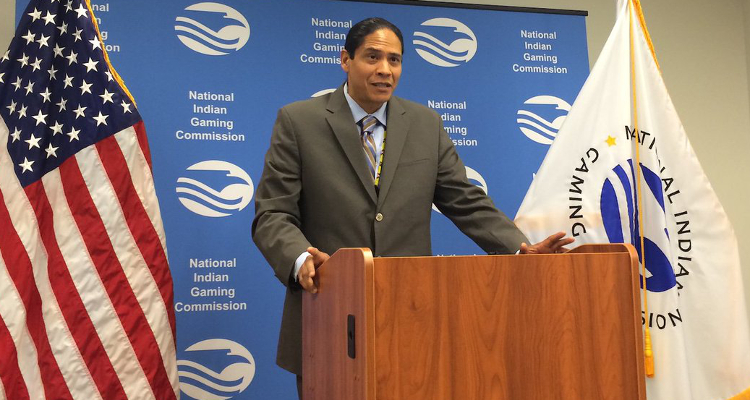In the United States, the National Indian Gaming Commission has announced that 2017 saw the nation’s 494 aboriginal-run gambling venues chalk up a 3.9% increase year-on-year in aggregated gross gaming revenues to $32.4 billion.
According to an official Tuesday press release from the National Indian Gaming Commission, last year’s figure from the properties operated by some 242 federally-recognized tribes represented an 8.3% rise when compared with 2015, while being almost 13.7% higher than the tally for 2014.
The independent federal regulatory agency revealed that the biggest year-on-year improvement in aborginal aggregated gross gaming revenues for 2017 had been recorded by the 74 venues in California and northern Nevada as their total rose by some 7.3% to $9 billion. This was closely followed by the 52 tribal properties in Oregon, Idaho, Washington and Alaska as their overall annual tally of $3.4 billion had represented a swell of 6.5%.
The National Indian Gaming Commission explained that the 72 aboriginal gaming operations in Kansas and eastern Oklahoma had witnessed a 4.2% improvement year-on-year in aggregated gross gaming revenues to $2.4 billion last year while the 59 tribal venues in Arizona, New Mexico, southern Nevada and Colorado had recorded a 3.6% surge to $3 billion.
The tribal gaming regulator stated that there was moreover a 2.1% boost year-on-year to $2.3 billion in the 2017 aggregated gross gaming revenues posted by the 69 tribal gambling establishments in Texas and western Oklahoma while their 92 counterparts in Indiana, Minnesota, Michigan, Iowa, Nebraska and Wisconsin had detailed a 1.7% enhancement to $4.6 billion.
Things were seemingly a bit slower last year for the 37 aboriginal casinos in the states of Florida, Alabama, Mississippi, Louisiana, North Carolina, New York and Connecticut as the $7.3 billion they chalked up in aggregated gaming revenues had represented a rise of only 1%. However, this was still much better than the 2017 figure recorded by the 39 venues in South Dakota, Montana, Wyoming and North Dakota as their $400 million total had equated to a decline of 2.7% when compared with the previous twelve-month period.
“All of Indian country has worked very hard to maintain a flourishing and constantly growing gaming industry,” read a June 26 statement from Jonodev Osceola Chaudhuri (pictured), Chairman for the National Indian Gaming Commission. “The successes of Indian gaming in the 30 years since the Indian Gaming Regulatory Act prove that the foundational principles of federal Indian law should remain at the forefront of any future public policy discussions.”


